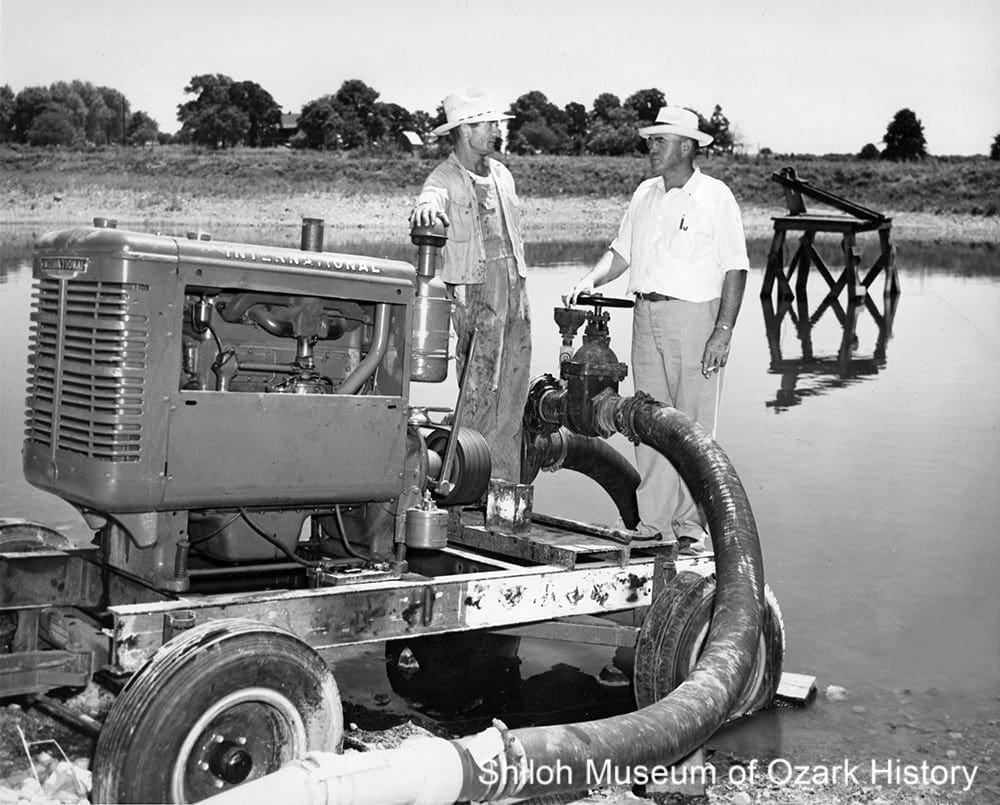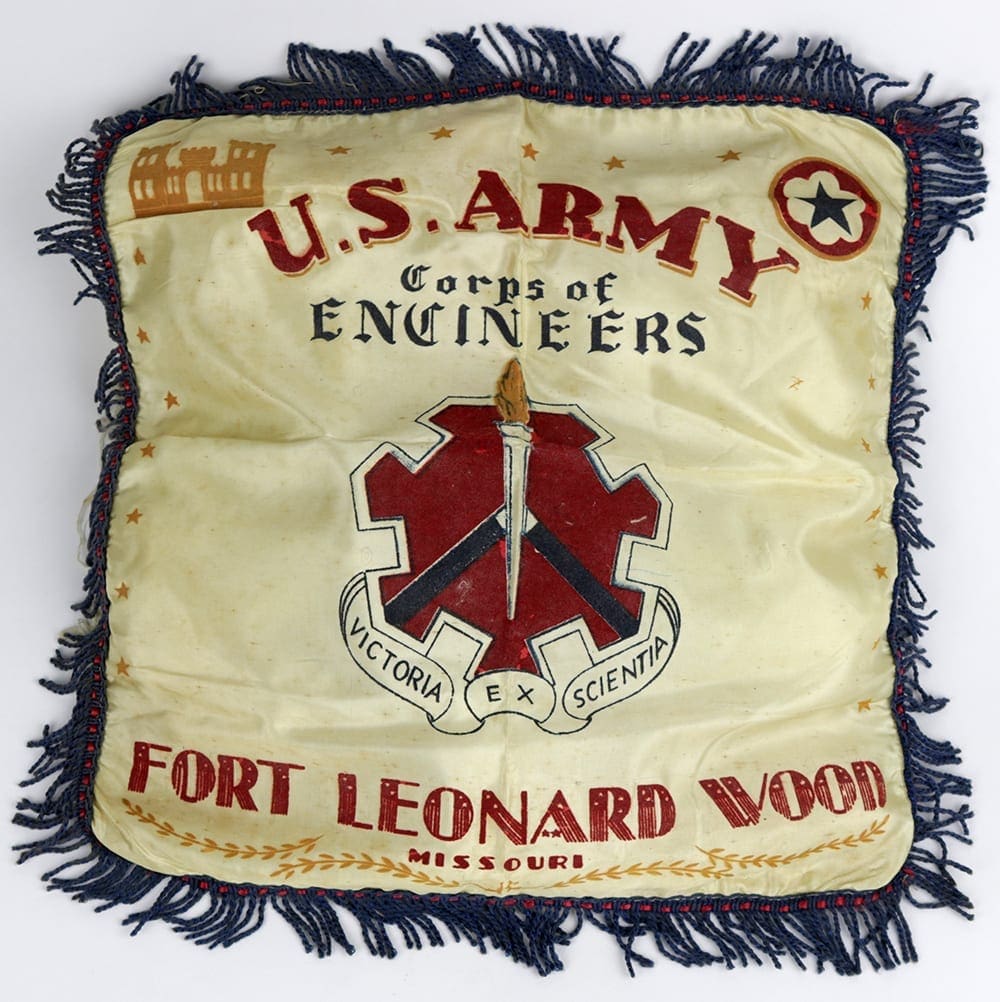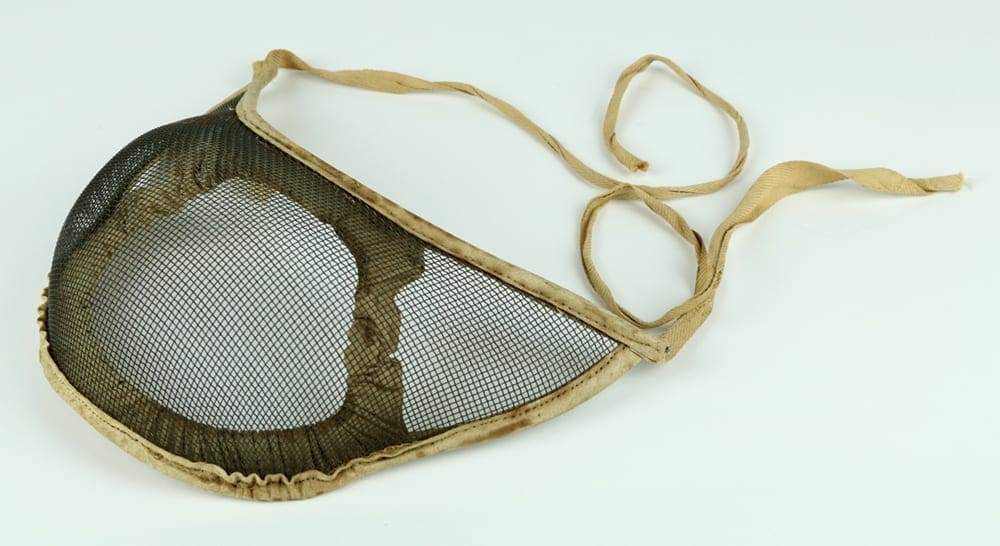Pumping Water
Tom Farish (right) and an identified worker at a irrigation pond in Lowell (Benton County), July 1946. The portable pump was sending much-needed water to fields of green beans. Farish and Joe Steele were co-owners of Steele Canning Company, regional processors of beans, tomatoes, and spinach.
Maudine Sanders Collection (S-2006-132-152)
Tom Farish (right) and an identified worker at a irrigation pond in Lowell (Benton County), July 1946. The portable pump was sending much-needed water to fields of green beans. Farish and Joe Steele were co-owners of Steele Canning Company, regional processors of beans, tomatoes, and spinach.
Maudine Sanders Collection (S-2006-132-152)





